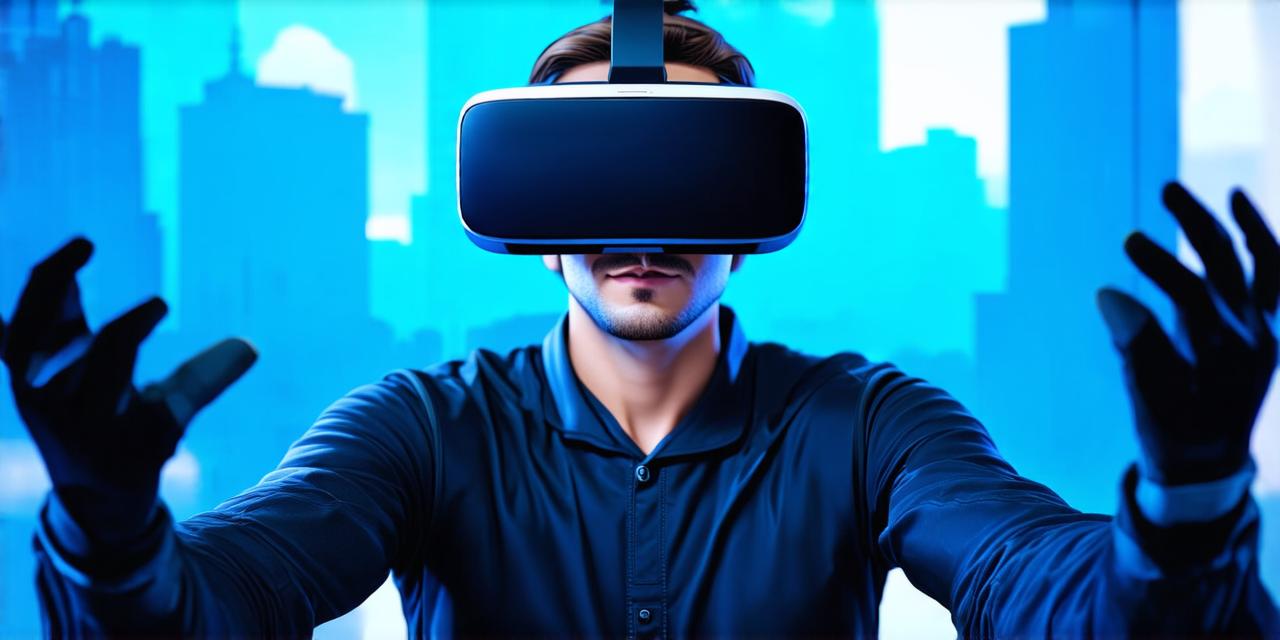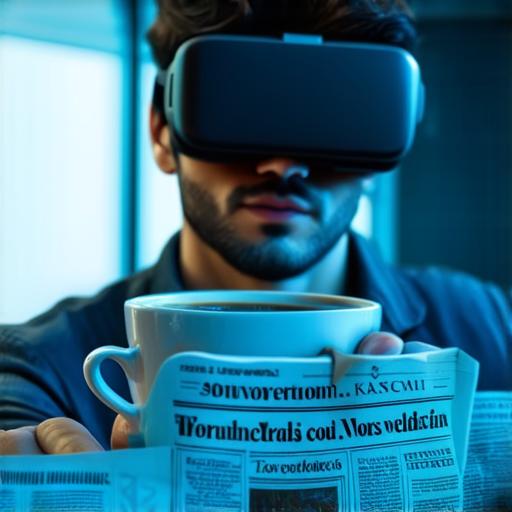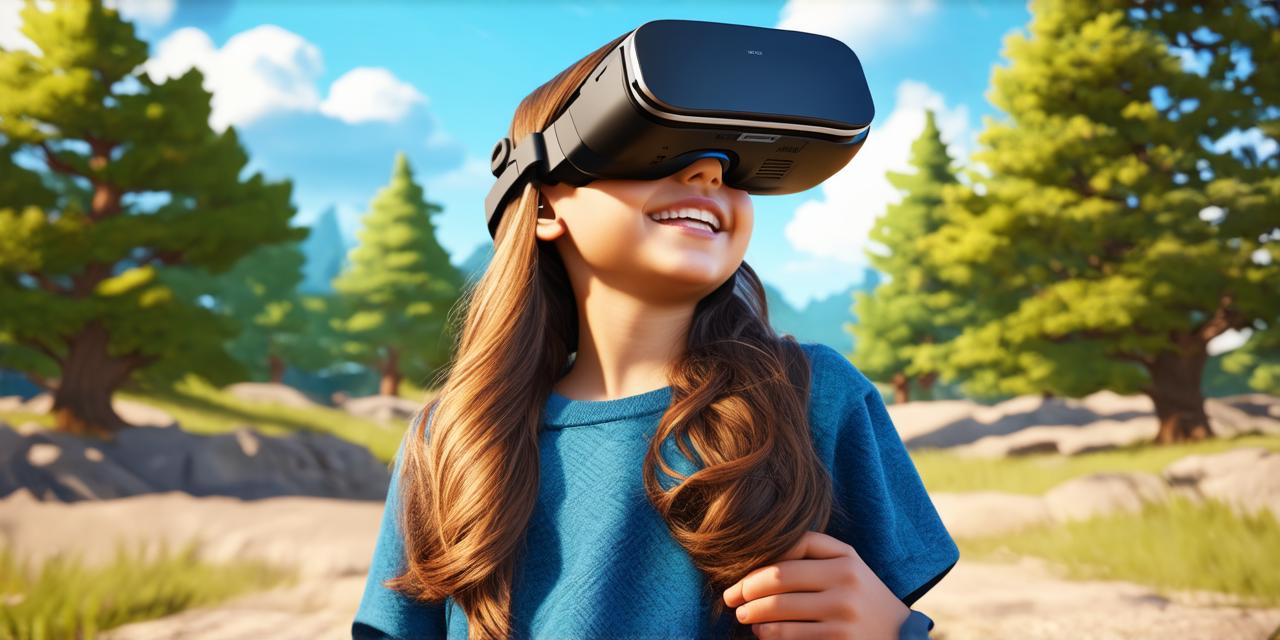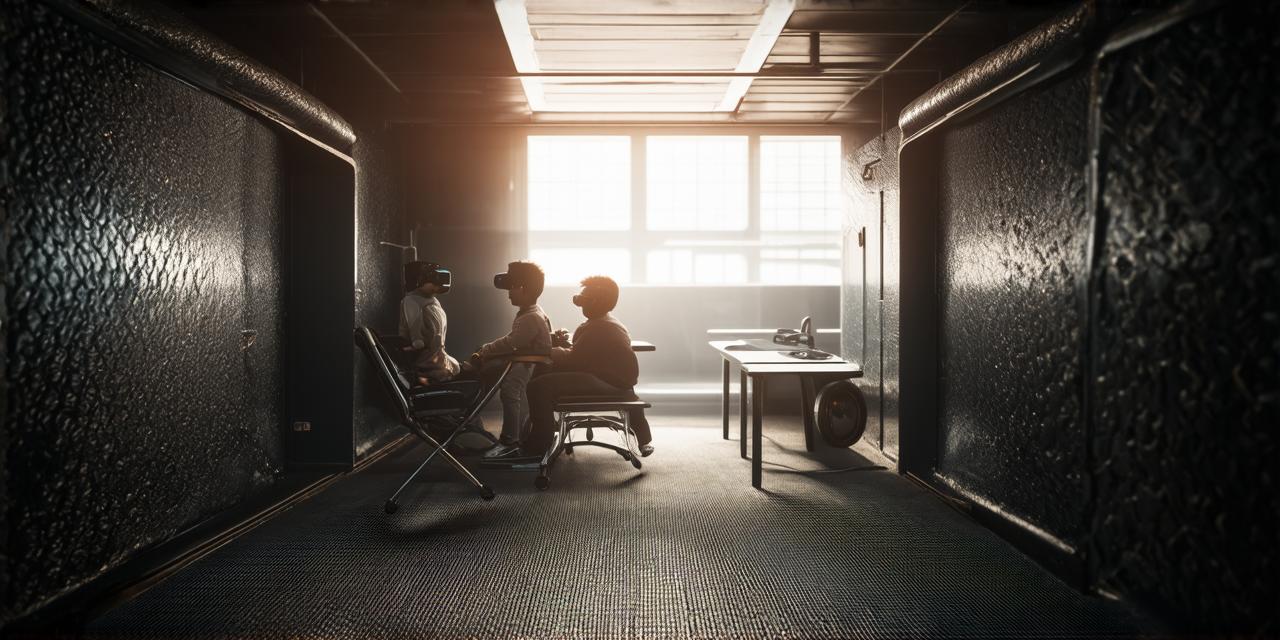
How is virtual reality used in everyday life?
Virtual Reality (VR) technology has been around for a while now and is becoming more prevalent in our everyday lives. It is an immersive technology that allows users to experience a simulated environment in a realistic manner.
The potential applications of VR are vast, from gaming to education, entertainment, and even healthcare.
Table of Contents
Toggle1. Gaming:
Virtual reality has revolutionized the gaming industry. With VR headsets and controllers, users can step into a fully immersive game world that reacts to their movements in real-time. This technology provides a unique gaming experience that is difficult to replicate on traditional consoles.
Games such as “Beat Saber” and “Job Simulator” have become popular VR games that allow users to experience the thrill of gaming in an entirely new way.
2. Education:
Virtual reality has also found its way into the classroom. With VR headsets, teachers can create immersive learning experiences for their students.
For example, a biology teacher could take their students on a virtual tour of the human body, allowing them to explore the intricacies of our anatomy in an interactive and engaging way.
VR can also be used to simulate historical events or to provide language learning opportunities.
3. Entertainment:

Virtual reality has also found its way into the entertainment industry. With VR headsets, users can experience concerts, movies, and other forms of entertainment in a fully immersive manner.
For example, a concertgoer could attend a virtual concert from the comfort of their own home, providing an unparalleled experience that cannot be replicated in a traditional concert venue.
4. Healthcare:
Virtual reality has also found its way into healthcare. With VR headsets, doctors and patients can simulate surgical procedures in a safe and controlled environment.
This technology allows doctors to practice their skills without the risk of harming a patient. In addition, virtual reality can be used for pain management and physical therapy.
Patients can use VR to simulate real-world scenarios that can help them regain mobility and reduce pain.
- Real Estate:
Virtual reality has also found its way into the real estate industry. With VR headsets, potential buyers can tour properties in a fully immersive manner, allowing them to get a better sense of what a property has to offer.
This technology can save time and money for both buyers and sellers by eliminating the need for multiple visits to a property.
6. Training:
Virtual reality is also used for training purposes. Companies can use VR simulations to provide their employees with hands-on training in a safe and controlled environment.
For example, an airline company could use VR to simulate emergency landing procedures, allowing their pilots to practice their skills without putting passengers at risk.
In conclusion, virtual reality technology is becoming increasingly prevalent in our everyday lives. From gaming to education, entertainment, healthcare, real estate, and training, VR has the potential to revolutionize the way we experience the world around us.
As this technology continues to advance, we can expect to see even more innovative applications of VR in our daily lives.

